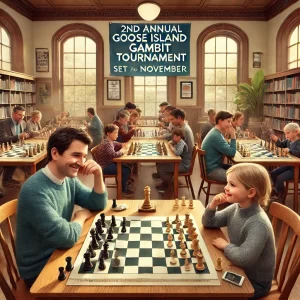Just like lifting a heavy table is easier with a friend, winning a chess game requires your pieces to work together. Each piece on its own might not achieve much, but when you harness their collective power, you can turn the tide in your favor. Here are some tips to help you utilize teamwork on the chessboard and position your pieces for maximum effectiveness:
1. Target Weak Spots
Look for vulnerable pawns or pieces that your opponent struggles to defend. By attacking these weak spots with multiple pieces, you increase your chances of capturing them.
2. Keep Your Pawns United
While a single pawn might seem insignificant, pawns are much stronger when they work together. Ensure your pawns support each other and avoid advancing any too far ahead or lagging behind.
3. Maximize Long-Range Power
Two Rooks on the same file or a Bishop supported by a Queen on a long diagonal can be incredibly powerful. Utilize these combinations to dominate long lines and create significant threats.
4. Control Adjacent Files
When Rooks (or a Queen acting as a Rook) are aligned side by side, they can effectively control a large portion of the board, setting up a formidable attack.
5. Utilize Adjacent Diagonals
Bishops positioned next to each other can cover nearly as much of the board as Rooks. Position your Bishops on neighboring diagonals to exert extensive control.
6. Defend Economically
Pawns are excellent at defense because losing them is less costly compared to other pieces. Be cautious not to rely on your Queen for defense, as she might be needed for an offensive strategy.
7. Support Vulnerable Pieces
Always be prepared to provide extra support to pieces on critical lines, especially if they are at risk of being pinned. Having a backup piece ready to assist can prevent potential losses.
By keeping these strategies in mind and applying them thoughtfully, you’ll harness the full potential of your pieces and improve your chances of success on the chessboard.


